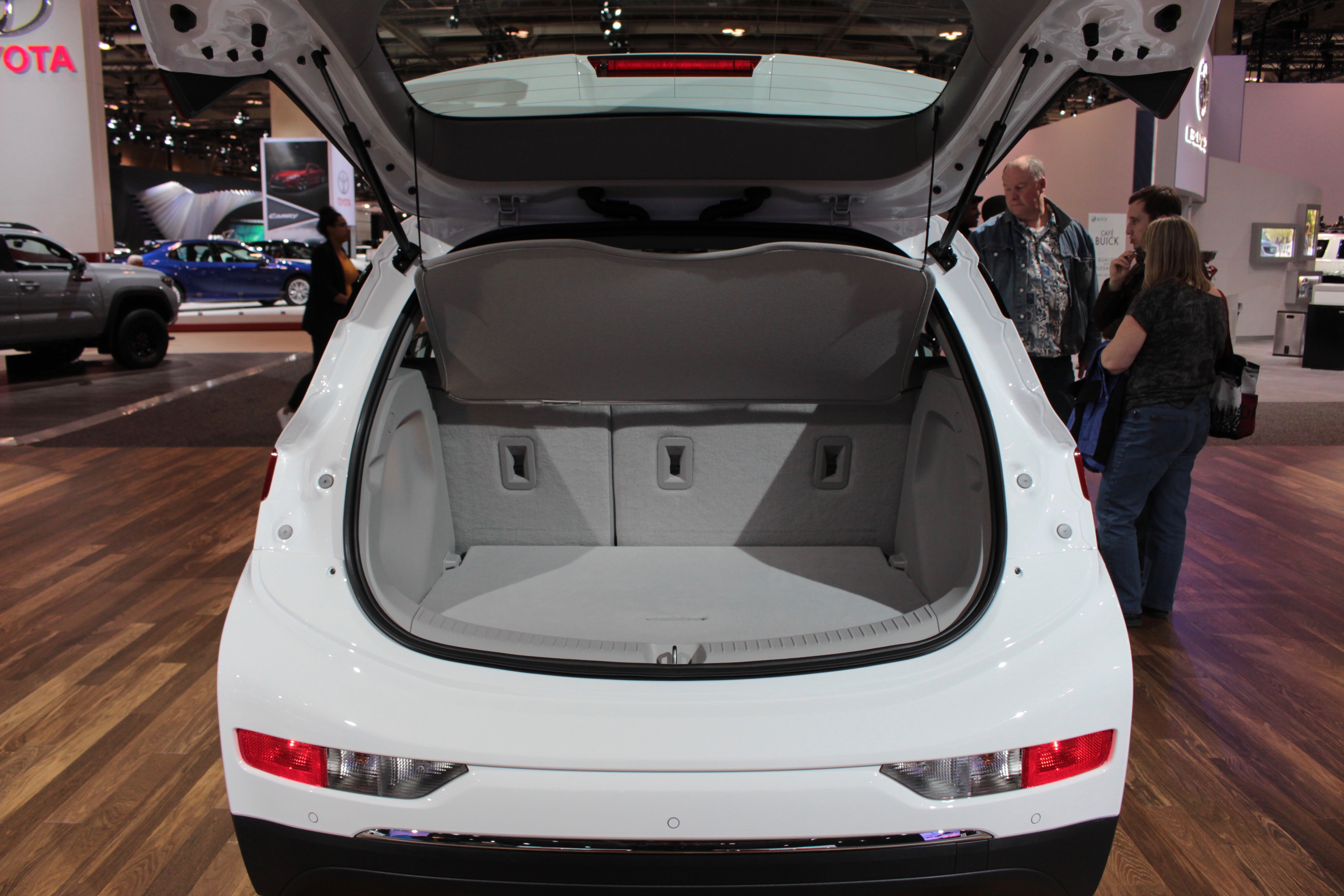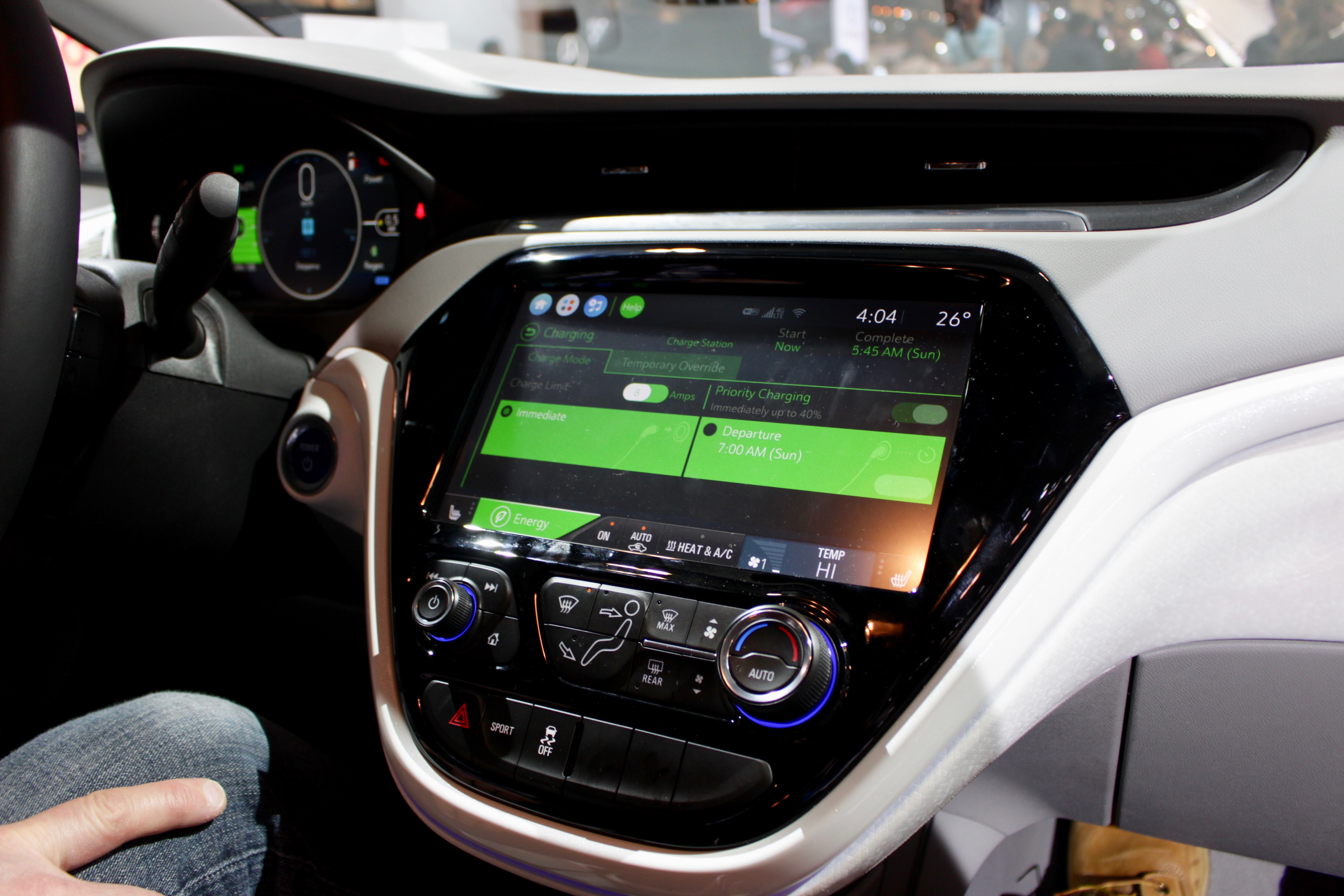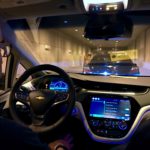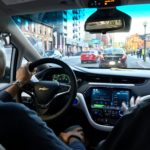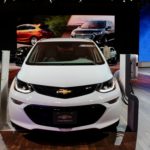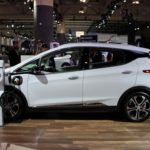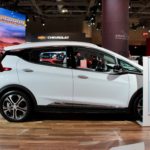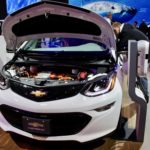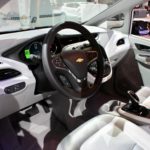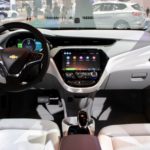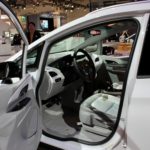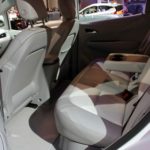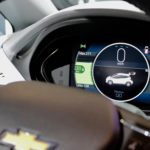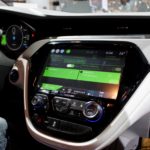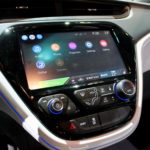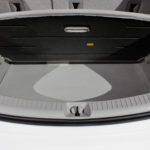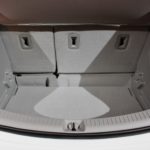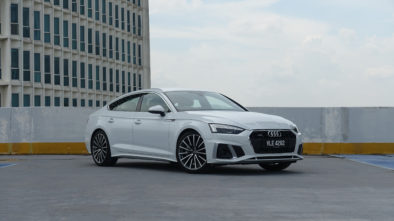Chevy Bolt quick first drive! The future is shockingly refined and remarkable.
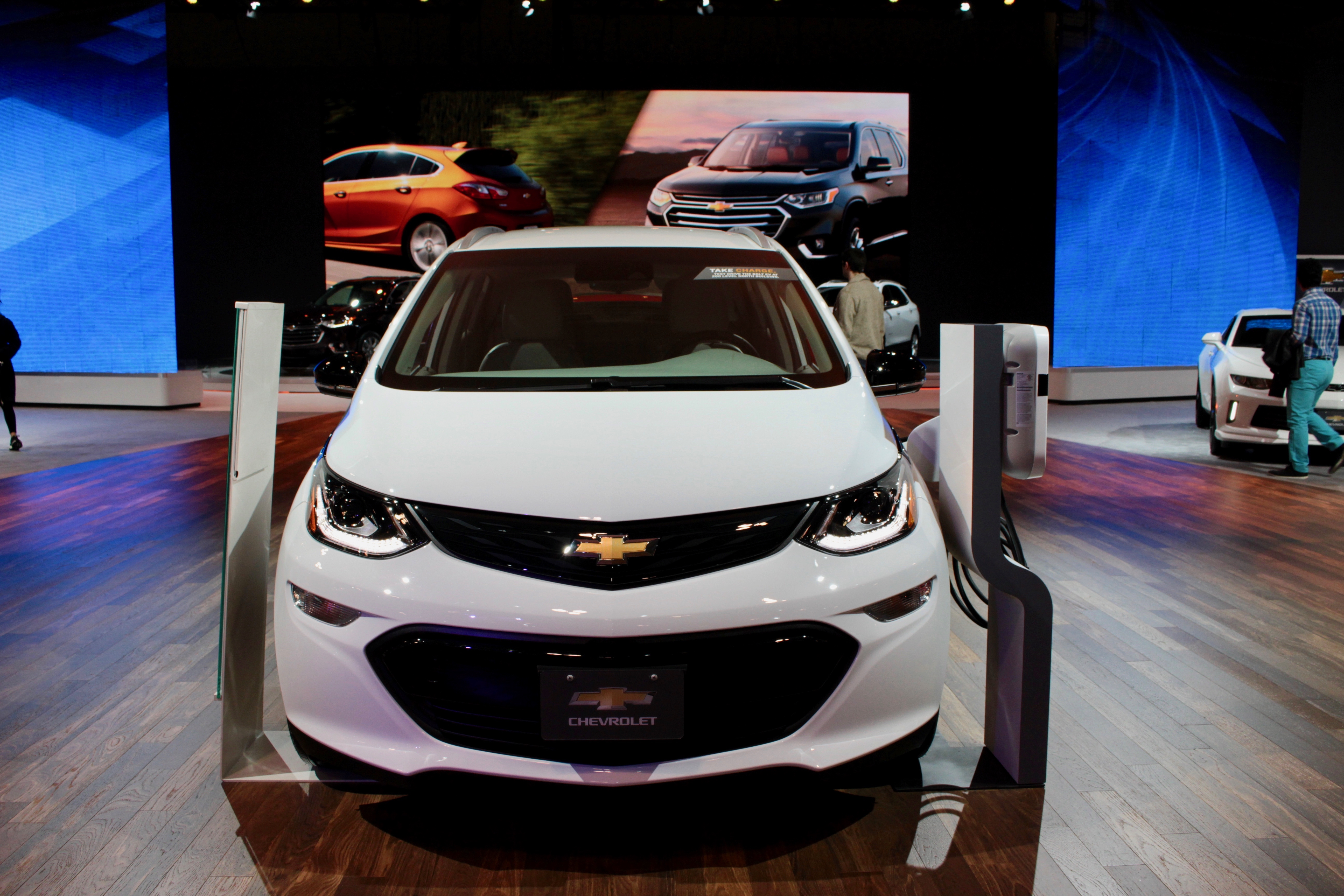 GM has not had the best of experience in developing their all electric, zero emissions cars in the past. From the ill-fated Saturn EV-1, to the rather tiny and above average Chevy Spark EV. So when the Bolt EV was first revealed as a concept in 2015 with claims that it will be priced around the 30,000 USD mark and will have a 200 mile (321 KM) range, there was a bit of concern that GM may or may not be able to fulfil this criteria. This was also just before Tesla announced the recently revealed Model 3, that comes with the almost similar promise of approximately 35,000 USD base pricing and 200+ mile range.
GM has not had the best of experience in developing their all electric, zero emissions cars in the past. From the ill-fated Saturn EV-1, to the rather tiny and above average Chevy Spark EV. So when the Bolt EV was first revealed as a concept in 2015 with claims that it will be priced around the 30,000 USD mark and will have a 200 mile (321 KM) range, there was a bit of concern that GM may or may not be able to fulfil this criteria. This was also just before Tesla announced the recently revealed Model 3, that comes with the almost similar promise of approximately 35,000 USD base pricing and 200+ mile range.
Rest assured while the final Model 3 launched in the end of July 2017, GM already had the Bolt running in the streets for close to a year, and delivered on their promise of an EV costing about 30,000 USD (after government incentives), and an estimated 238 mile (383 KM) range.
 To begin, unlike the similarly named plug-in hybrid, the Volt, this Bolt is a pure EV – in that sense meaning it has no engine or fuel tank, and is only rechargeable, just like Tesla vehicles. And just like the Tesla Supercharger system, the Bolt has a fast charging feature, when plugged in to a special fast charger, it would be able to get a quick charge of 145KM in 30 minutes.
To begin, unlike the similarly named plug-in hybrid, the Volt, this Bolt is a pure EV – in that sense meaning it has no engine or fuel tank, and is only rechargeable, just like Tesla vehicles. And just like the Tesla Supercharger system, the Bolt has a fast charging feature, when plugged in to a special fast charger, it would be able to get a quick charge of 145KM in 30 minutes.
The Chevy Bolt almost looks like any other small compact hatchback from the outside. Aside from the noticeably high ride height, the Bolt actually looks pretty normal and doesn’t look particularly awkward like some of the other more environmentally friendly options out there (i.e. Toyota Prius). From the side as well, you get a rather normal looking profile, with wide opening doors that allow for easy ingress and egress. Of all angles, the rear 3/4 view has to be one of the best angles of this car.
 GM has really spent some time with the lights in the rear, with very nice detailing in the LED light clusters, which definitely makes the car look more expensive than it is. What is interesting is the LED light clusters actually are attached to the tailgate and hence get lifted up when the trunk is open, just like on some Audi models like the Q3 and Q5. Unlike the Teslas, the Bolt has its charging port on the front left side fender.
GM has really spent some time with the lights in the rear, with very nice detailing in the LED light clusters, which definitely makes the car look more expensive than it is. What is interesting is the LED light clusters actually are attached to the tailgate and hence get lifted up when the trunk is open, just like on some Audi models like the Q3 and Q5. Unlike the Teslas, the Bolt has its charging port on the front left side fender.
In the trunk, you would be very pleased to see a reasonably sized cargo hold with a two-level floor (on the Premier trim). With the boot floor in the lowest position, you could very easily store one large and one small suitcase. One thing to note is that the Bolt runs on run-flat tyres and unlike Teslas, it doesn’t have a front trunk/frunk as that space is used to house the motor that drives the front wheels. Like most EVs that were designed from the ground up as EVs, the Bolt has a low centre of gravity too thanks to the battery pack being under the floor of the car.
In terms of drive train, the Bolt has a bespoke all-new drive unit, combining a single motor that drives the front wheels. This motor is rated to provide 150kW/200hp of power and 366 Nm of torque, and is powered by an all new 60kWh battery pack. Both the battery and motor is actually manufactured in Incheon, South Korea by LG and is shipped to the US for final assembly. This drivetrain allows the car to accelerate from 0-100 km/h in under 7 seconds, which is very respectable considering the size and price point of this car. Click here for the full technical stats and powertrain photo.
On the inside, the Bolt is a very nice place to be in. GM has been criticised for years for coming up with cars that have abysmal interiors, be it in terms of material quality, fit and finish, and design. However the Bolt, being a new generation GM product is actually made of some nice interior materials with hard but not brittle feeling plastics, good textures and good leather, for the price. Even the buttons and dials actually feel nice and don’t feel like they may break anytime soon – sure, it doesn’t have the Volkswagen typical click and damping in buttons but it is pretty close.
 As with most modern cars, the interior is dominated by the two displays, one for the instrument cluster and one for the touchscreen infotainment system that includes EV specific stuff like range information. This is a very modern unit, with fluid animations, and is very responsive – which is a significant upgrade over the older myLink systems used in many GM products.
As with most modern cars, the interior is dominated by the two displays, one for the instrument cluster and one for the touchscreen infotainment system that includes EV specific stuff like range information. This is a very modern unit, with fluid animations, and is very responsive – which is a significant upgrade over the older myLink systems used in many GM products.
Even the instrument cluster looks more modern with richer graphics, compared to the first generation Chevy Volt. As standard, you also get climate control and a reverse camera and you can even option things like a 7 speaker Bose system though oddly you can’t get electric seats with memory settings or automatic wipers, even as an option.
In terms of safety, as standard, you get the regular Stabilitrak ESP system, standard 10 airbags, ABS, automatic high beam HID headlights, and OnStar crash sensing and 911 call system – with the option to get things like lane keep assist and forward collision warning. Oddly though rear park sensors are actually not standard and come as a package with the rear cross traffic alert – though the additional safety features all are standard on the Premier trim.
In terms of seating space, you would have no issue with 4 adults sitting comfortably, though the rear seat can be tight with 3 adults. The nice thing is that you do get ISOFIX child seat anchors for all three seats in the rear. As a family car it is very practical with enough storage and unlike the Renault Zoe, you can slide your feet under the front seats slightly which helps improve comfort.
 Driving the Bolt is quite the experience. In typical EV form, you pull away from standstill in silence, everything feels well put together with no creaks or rattles. There is a distinct lack of noise from the motor too which is often seen on cheaper EVs, but it is impressive that this is absent in the Bolt. But where the Bolt really impresses in the way it puts power down and handles.
Driving the Bolt is quite the experience. In typical EV form, you pull away from standstill in silence, everything feels well put together with no creaks or rattles. There is a distinct lack of noise from the motor too which is often seen on cheaper EVs, but it is impressive that this is absent in the Bolt. But where the Bolt really impresses in the way it puts power down and handles.
Having driven the BMW i3 just before driving the Chevy, we didn’t expect the Chevy to outperform the BMW in terms of ride and handling, considering BMW’s prowess in that division and the rear wheel drive nature of the i3 – but the Bolt was definitely a surprise. For one, while the instantaneous power delivery can lead the Bolt to chirp its wheels easily in the dry, as long as you let it start moving a bit before you give it power, as opposed to just slamming the accelerator pedal, you would be fine.
 Handling is tight and the fantastic visibility allows you to have a great view out, improving driver confidence especially in city conditions – where cars like this primarily would live. One really cool feature would be the rear view mirror that uses a camera feed as opposed to just a mirror, providing a better field of vision as opposed to a regular mirror.
Handling is tight and the fantastic visibility allows you to have a great view out, improving driver confidence especially in city conditions – where cars like this primarily would live. One really cool feature would be the rear view mirror that uses a camera feed as opposed to just a mirror, providing a better field of vision as opposed to a regular mirror.
It is one of those features where you don’t realise its benefits until you switch it off (it has a fallback of a regular mirror when off), at that point you realise how wide the field of vision is with the camera on. There’s barely any latency and the image quality itself is very good.
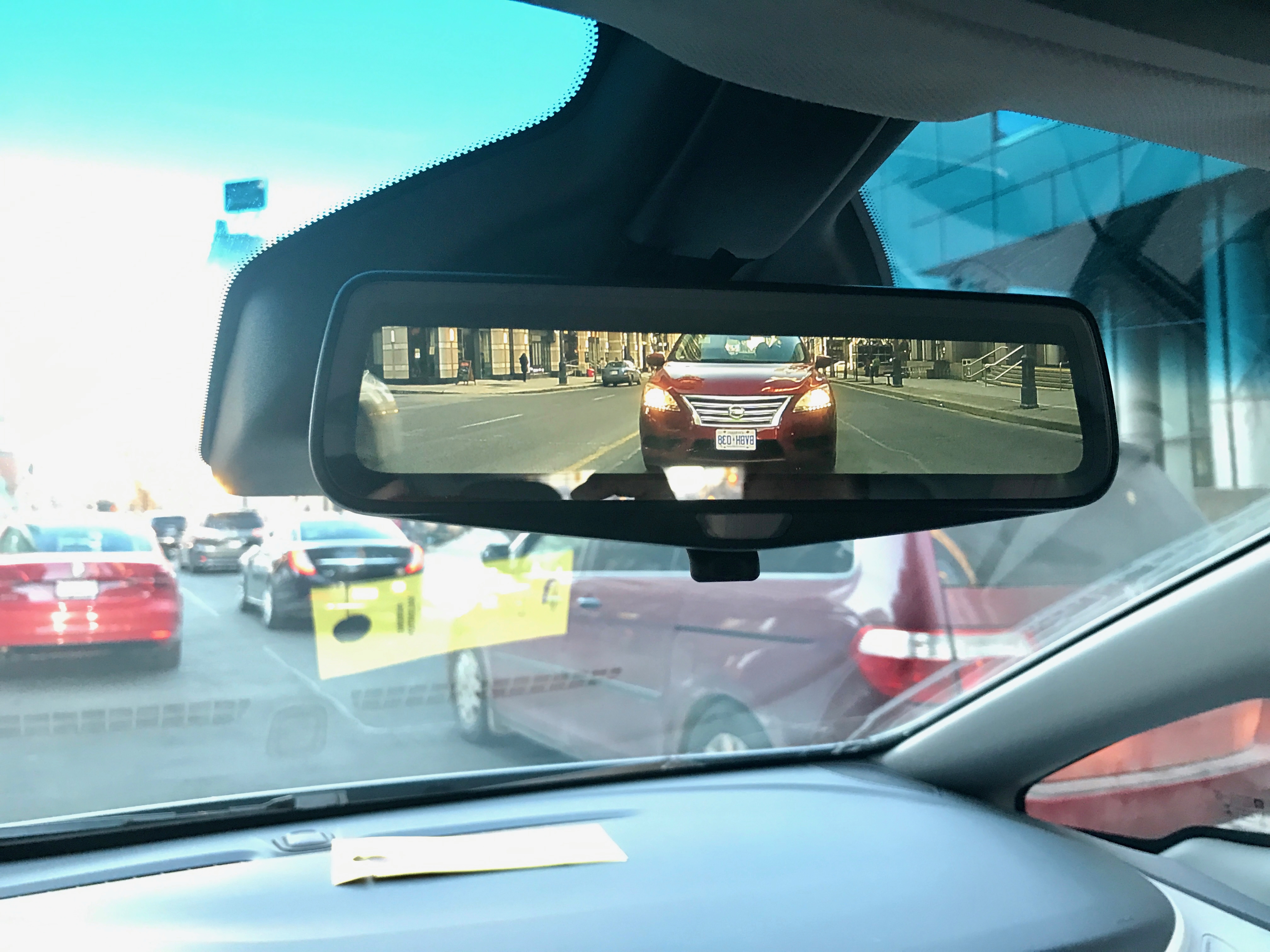 The brakes are generally good on the Bolt with good bite and feel, though as the regenerative braking itself is pretty strong, you can quite easily drive this car with one pedal. Interestingly, there is a little paddle behind the steering wheel (on one side), that allows you to access the Regen-on-Demand feature, where when you want to slow down, by pulling the pedal, it slows the car down. It is not a substitute to the brake pedal, but instead, it is mainly used in the case when traffic is clear and instead of using the brakes to slow down, the extra regen cuts brake wear and charges the battery.
The brakes are generally good on the Bolt with good bite and feel, though as the regenerative braking itself is pretty strong, you can quite easily drive this car with one pedal. Interestingly, there is a little paddle behind the steering wheel (on one side), that allows you to access the Regen-on-Demand feature, where when you want to slow down, by pulling the pedal, it slows the car down. It is not a substitute to the brake pedal, but instead, it is mainly used in the case when traffic is clear and instead of using the brakes to slow down, the extra regen cuts brake wear and charges the battery.
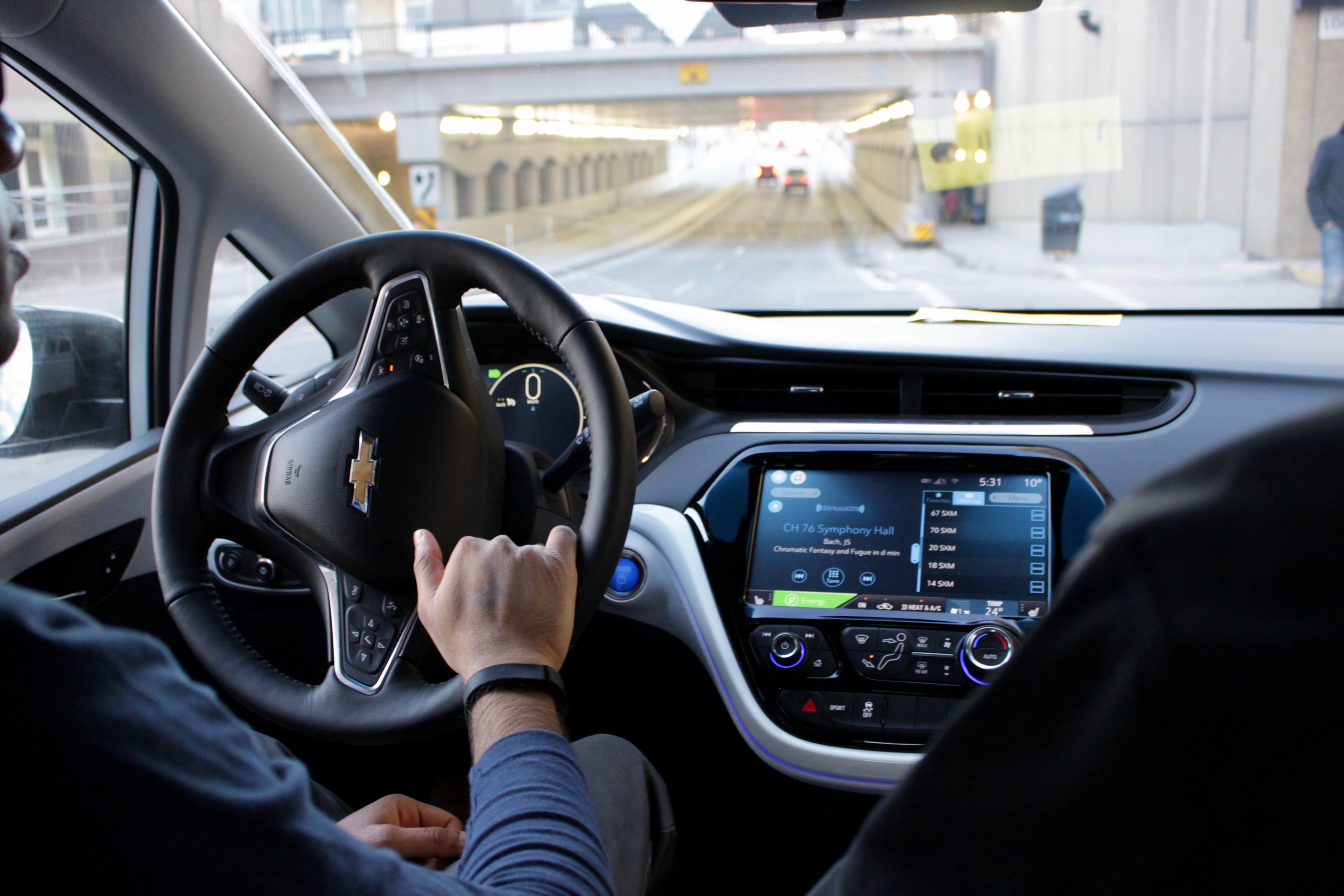 On the whole, the Bolt is a truly pleasant EV that goes to show that not only are EVs mature enough to be sold at mass market prices, it also shows how much GM can achieve when they put their heart and soul into making what effectively is a world class car. The Bolt is a class act for its price and compared to its competitors like the BMW i3, Volkswagen e-Golf, Nissan Leaf and the likes, it is truly ahead of the competition. Is it ahead of the Model 3 – that remains a question we can only answer once the Model 3 actually hits full production and consumer delivery begins.
On the whole, the Bolt is a truly pleasant EV that goes to show that not only are EVs mature enough to be sold at mass market prices, it also shows how much GM can achieve when they put their heart and soul into making what effectively is a world class car. The Bolt is a class act for its price and compared to its competitors like the BMW i3, Volkswagen e-Golf, Nissan Leaf and the likes, it is truly ahead of the competition. Is it ahead of the Model 3 – that remains a question we can only answer once the Model 3 actually hits full production and consumer delivery begins.
In terms of pricing, the Bolt is likely to have the upper hand as you could step into a Bolt for just under 30,000 USD, after the 7500 USD federal incentive, which would be just about the pricing of the base Model 3 after incentives. Granted, if you want a Bolt, you are likely to get the Premier, as opposed to the base LT, but even that, with some choice options like the Infotainment package (Bose sound system, wireless phone charger), DC fast charger and Driver Assistance II package, which brings the forward sensing technologies and lane keep assist, you would be getting into a Bolt for 36,000 USD or so, after the 7500 USD federal incentive, which makes a fully loaded Bolt just a bit more than the base Model 3 with some choice options too.
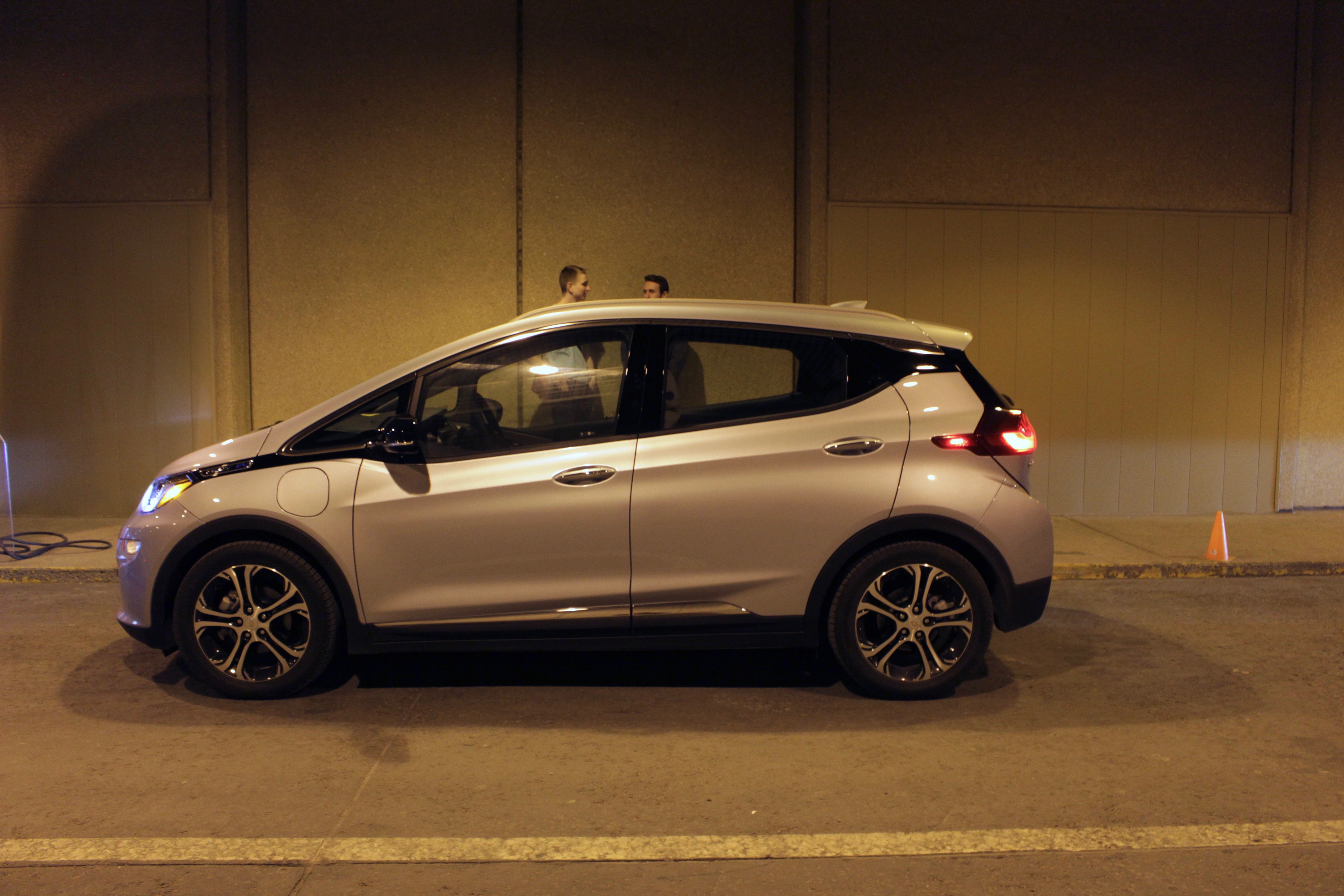 Realistically speaking, the Bolt’s only competition left is the Model 3, and right now, it is a case of getting on the horse that is already here, or waiting for at least a year for a Model 3. In the case that one is in need of a new car now, and are looking at a BEV, you should really consider a Bolt, at least on a lease, and eventually see once the Model 3 demand has stabilised if you should move to the Tesla instead – especially considering the pretty decent dealer incentives going on now at time of writing for the Bolt. One thing is for sure, the Bolt definitely has made a point in the growing EV market and will definitely give the Tesla a run for the money.
Realistically speaking, the Bolt’s only competition left is the Model 3, and right now, it is a case of getting on the horse that is already here, or waiting for at least a year for a Model 3. In the case that one is in need of a new car now, and are looking at a BEV, you should really consider a Bolt, at least on a lease, and eventually see once the Model 3 demand has stabilised if you should move to the Tesla instead – especially considering the pretty decent dealer incentives going on now at time of writing for the Bolt. One thing is for sure, the Bolt definitely has made a point in the growing EV market and will definitely give the Tesla a run for the money.
 Story & Photos by Kapil Haresh
Story & Photos by Kapil Haresh


